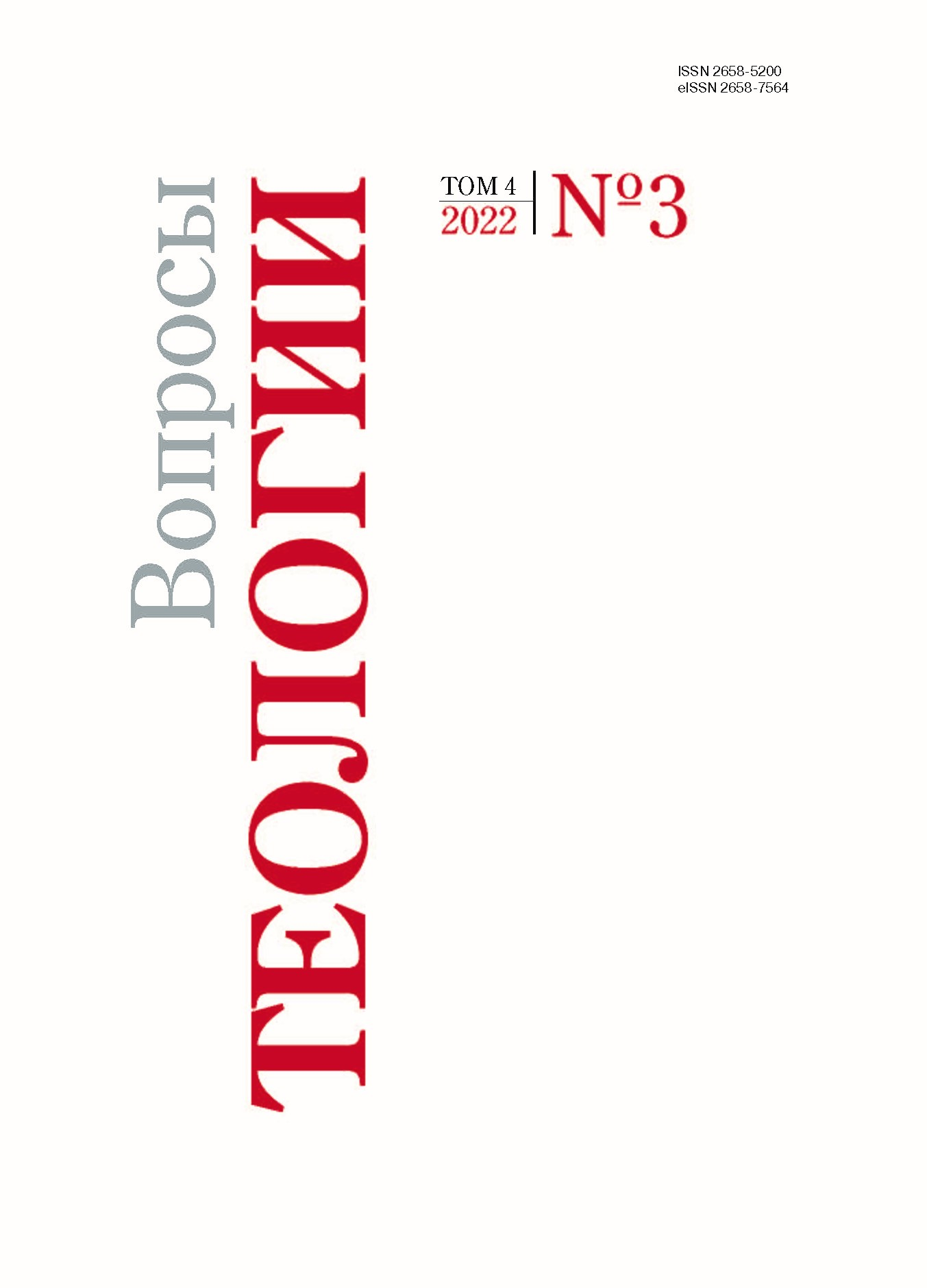The concept of “Sheol” in the Hebrew Bible and in the old Greek translations
DOI:
https://doi.org/10.21638/spbu28.2022.310Abstract
The article outlines the key features of the translation of the word שְׁאוֹל , “Sheol”, from the Hebrew Bible (Masoretic text) into the oldest Greek manuscripts. We take into account revisions of Aquila, Symmachus, and Theodotion from the Origen’s Hexapla. Scholars (e. g. K. Burnett, V. Olivero) often pay attention on the use of Greek terminology in the literature of the Second Temple. Their studies are usually based on methods of religious studies and philosophy. In contrast, we apply textual criticism. Using the philological analysis of the Septuagint, we come to similar conclusion. The concept of Sheol in the Hebrew and Greek Bibles is generally similar. However, it contains an imprint of mythological images of two different cultures. In the Jewish sacred text, Sheol is, first of all, a pit where a person finds his death, an insatiable beast with a huge mouth. Hell of the Septuagint is not a terrible monster, it is the “house of Hades”. In the depths of this Hades appears Tartarus, which is not known in the Hebrew Bible. The idea of Tartarus probably was borrowed from Hellenistic literature. The examples presented in the article demonstrate the translation technique in the use of the Greek word ᾅδης “hell”, equivalent to the Hebrew שְׁאוֹל “Sheol”. These examples show how the theological ideas from the Septuagint influenced on the early Christian literature.
Keywords:
Old Testament, Septuagint, Sheol, Hades, biblical translation, Textology of the Bible, theology of the Septuagint
Downloads
References
References
Downloads
Published
Issue
Section
License
Articles of "Issues of Theology" are open access distributed under the terms of the License Agreement with Saint Petersburg State University, which permits to the authors unrestricted distribution and self-archiving free of charge.




